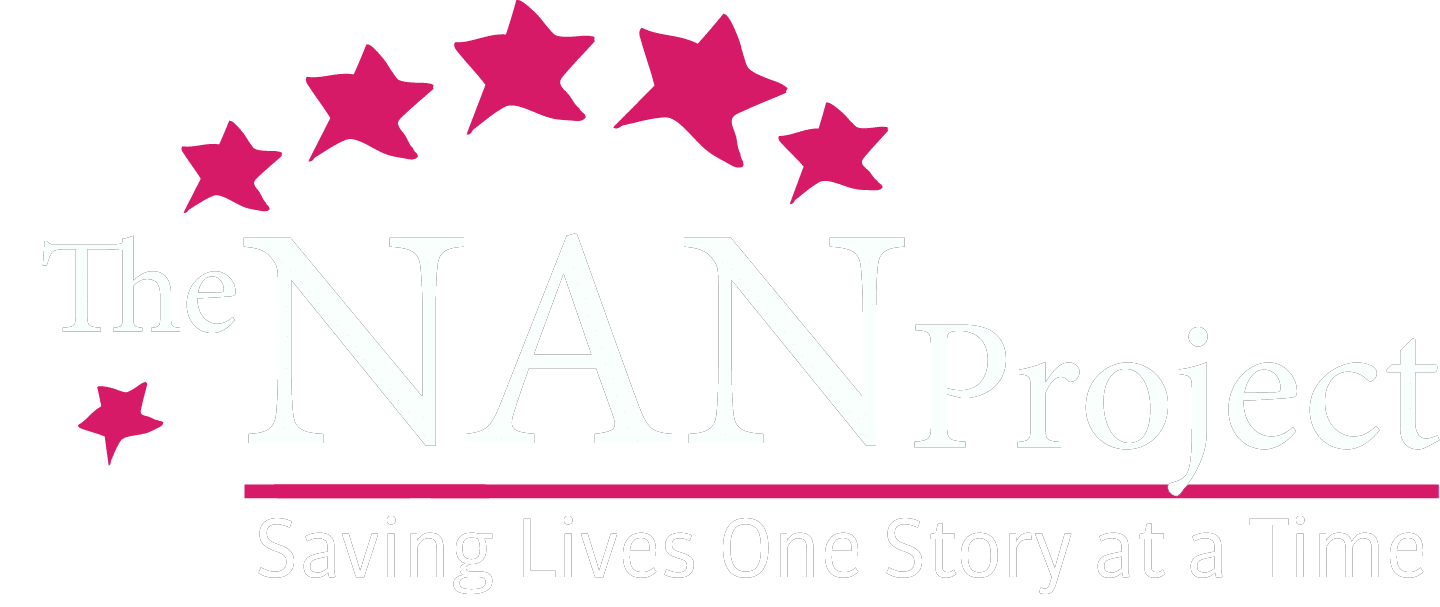Nanner Virtual Hangouts
Nanner Virtual Hangouts
Our staff has been hard at work with a lot of different virtual projects over the past couple months! Our twice-weekly Zoom hangouts have been one of the more fun projects, allowing us to stay connected with our Peer Mentors during this period of physical distancing. Most times, we get between 15 and 20 folks to join for the one hour sessions, each of which has an intentional theme such as boundary setting, connection, creative expression, self care, and movement.
These Nanner Hangouts are more than just a time to hang with our team; we’re also piloting lesson plans each time. Using surveys our Peer Mentors fill out, we seek to ensure the content and objectives are both engaging and helpful. Once we have refined the lesson plans, and made changes based on the feedback, we upload the plans and accompanying slide shows to our website so that teachers can download them for free. We have also run a couple lessons for students, and expect this may be one of the main ways we’ll interact with schools in the fall.
If you know of a school that might benefit from using our lesson plans, point them to this page and they can check them out for themselves! Keep reading below to learn more about what these lessons cover and how we run our Nanner Hangouts.

Boundaries
This multi-session lesson covered a few different types of boundaries – rigid, porous, and balanced. A person with rigid boundaries tends to keep others at a distance, be hesitant to ask for help, and very protective of personal information. The lesson teaches that porous boundaries apply to people who tend to overshare, and who are dependent on others for opinions and put others’ problems before their own. It is often difficult for people with these boundaries to say “no.” Healthy, or balanced, boundaries are somewhere in the middle of all three types – a person with healthy boundaries will value their own opinion while considering those of others, communicate and assert their needs, and is able to accept when others say, “no.”
When Lizzie and Fernanda ran this Hangout, they also went into how boundaries can fluctuate between rigid, porous, and healthy, depending on the situation and type of people you are with. For example, if you are in a college interview, your boundaries might be more rigid – you wouldn’t necessarily talk about the meltdown you experienced last week because of stress. But if you were having the same conversation with a friend, talking about your struggles would be helpful and it can evolve into a deeper conversation.

There are many different domains of boundaries as well – physical, emotional, material, intellectual, and time. This Hangout focused a lot on interpersonal communication and emotional boundaries. This type of boundary focuses on when to share personal information and feelings, and communicating desired responses to those feelings. A balanced emotional boundary is one where everyone’s feelings are validated and respected. Finally, we reflected back upon our own balanced boundaries, and used what we had learned to have a discussion about creating and maintaining boundaries, which can become even more challenging during a period of physical distancing.
Connection
One of our Senior Peer Mentors, Greta, led us in a fun Nanner Hangout using the “clap” response emoji to answer questions. We answered everything from “Clap if you used a coping skill in the past week,” to “Clap if you’ve ever sung karaoke.” The mix of funny, lighthearted and more serious questions was great, and I don’t think I’ve laughed that hard since that day. Getting to know each other is something that we’ve all missed from our usual Nan Project work and I am enjoying learning the things I have in common with others that I was not aware of.

Creative expression
I led a creative expression activity where I posed two prompts and had participants answer in any way they wanted to. The prompts were focused on how our past experiences have shaped us and helped us grow. We gave advice to our younger selves and we thought about how we have grown in the past few years. Utilizing the Breakout Rooms feature on Zoom, we got into groups of three and discussed our responses. For the last part of the activity, we came back together and answered one more question about things we were looking forward to in the future. We used a cool program called Menti to create a word cloud with all of our responses in real-time. It was fun to focus on future goals, and it was a good motivator and mood-booster for us! Here is a picture of our word cloud!

Movement
We’ve been lucky to work with two art therapists throughout our hangouts, who have incorporated art and movement activities. Alex, led us in a few different movement activities, including yoga, stretching, and bringing awareness to where we feel stress in our bodies. We focused on tension and stress release, relaxation, and deep breathing. We also demonstrated how we walk when we are feeling positive as opposed to when we are having a bad day. That brought smiles to a lot of our faces, and also helped us recognize that our posture and body language can make a noticeable difference in how we feel!

To end our hangouts, we have been doing a variety of activities, like listening to empowering music, answering riddles, and meditating. We have had a lot of fun and learned quite a bit during these hangouts, and we are excited to share them with you!
Please check out our COVID-19 resources page for some great material. From myself and on behalf of everyone at The NAN Project, we sincerely appreciate your support, and we can’t wait to resume in-class presentations in the future.

